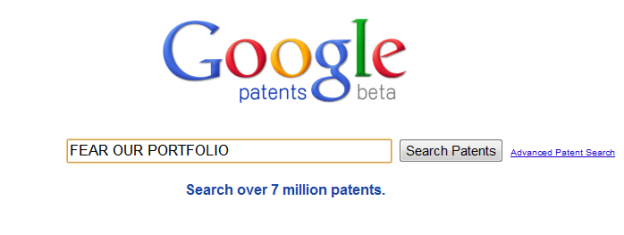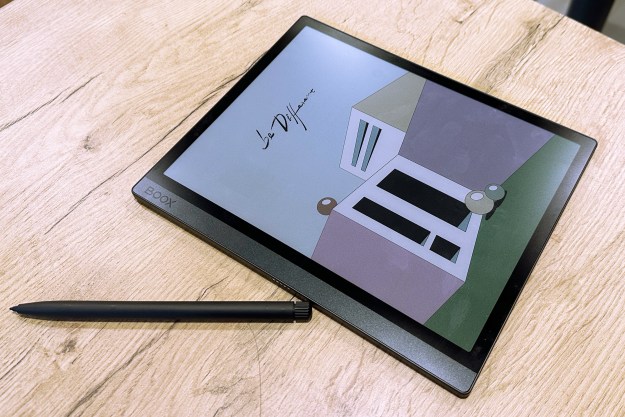 In its continuing efforts to shore up Android’s legal defenses against Apple and other companies, Google has purchased 1,023 more patents from IBM.
In its continuing efforts to shore up Android’s legal defenses against Apple and other companies, Google has purchased 1,023 more patents from IBM.
The transfers were recorded by the U.S. Patent and Trademark Office yesterday, though they were initially acquired back in August, according Bloomberg‘s report on the deal. This is the second large batch of IBM patents acquired by Google following a purchase of 1,030 patents from IBM recorded in July.
The company’s recent acquisition of Motorola also added more than 17,000 additional patents to Google’s holdings, further increasing their defense against recent lawsuits by their rivals in Cupertino.
Indicative of how the patents are being put to use, Google recently sold a batch of newly acquired patents to HTC — including some formerly owned by Motorola — in order to allow HTC to sue Apple.
While Google CEO Larry Page continues to reiterate that the troubles resulting from the open-source nature of Android clashing with patented technology are “not critical,” the shopping spree appears to be in full swing.
Editors' Recommendations
- Foldable phone deals: Samsung, Motorola, Google, and more, from $500
- Google’s Pixel 7 turns up for sale, but you can’t buy it
- Google removes 600 apps with annoying pop-up ads from the Play Store



